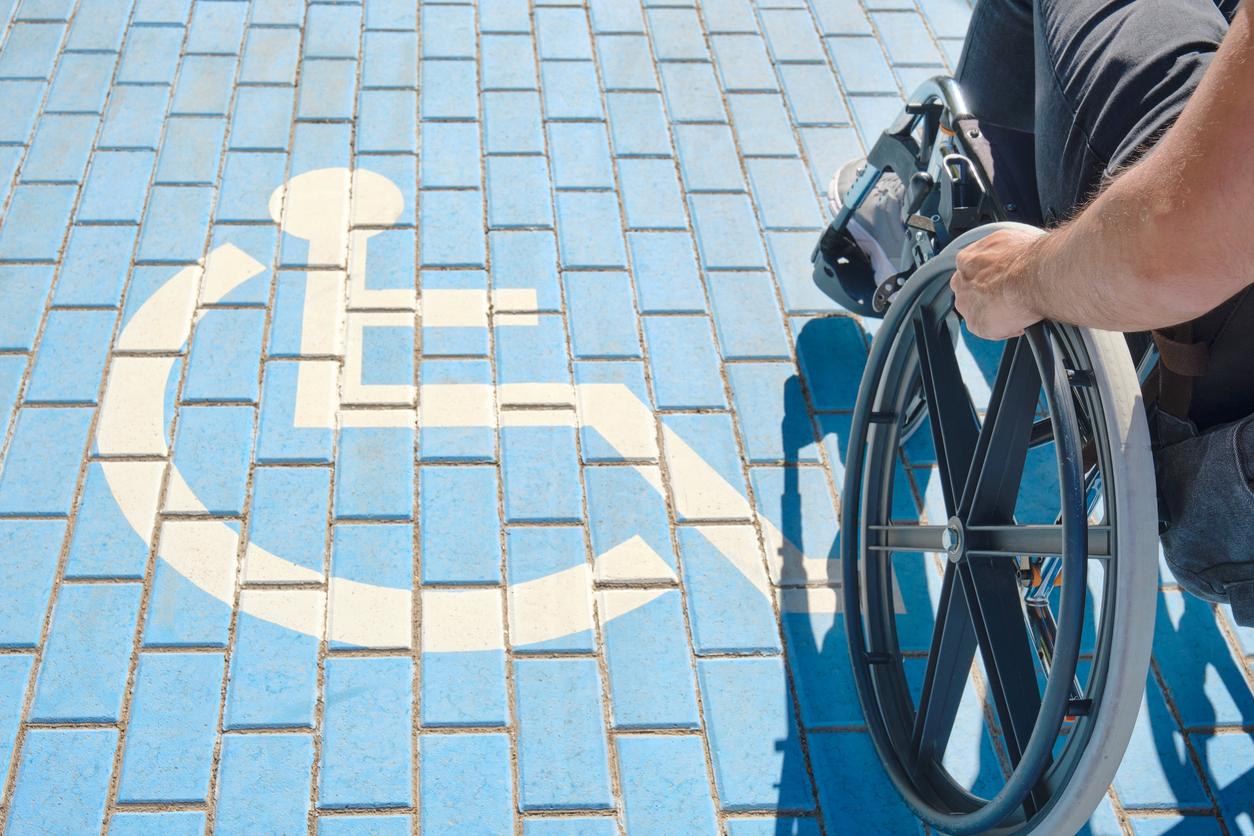The World Violence Prevention Report 2014 published by the WHO focuses on interpersonal violence. She understands the child abuse, youth violence, intimate partner violence, sexual violence and elder abuse. And insists on the essential role of health professionals and education to limit it and reduce the number of deaths.
“475,000 people were murdered in 2012, 57,000 infanticides were counted and 20% of women and 5 to 10% of men were victims of sexual assault during their childhood,” notes the WHO.
But these data are underestimated because “most acts of violence against women, children and the elderly are not reported to authorities or service providers.
Violence leaves a heavy impact on health
Interpersonal violence is a risk factor for health and social problems throughout life. It generates serious physical trauma (fractures, disability), behavioral and addictive disorders (alcoholism, drug addiction, depression), chronic diseases (cancer, diabetes, stroke) and serious gynecological problems (abortion, STI, HIV).
WHO and its partners are calling on public authorities to put in place prevention strategies based on:
– the training of health and education professionals
– the establishment of a relationship of trust between children and health and education professionals
– limiting access to weapons
– reducing the availability of alcohol and its excessive consumption.
“A growing body of research shows that much interpersonal violence can be effectively prevented and its severe consequences can be mitigated,” concludes the WHO Violence Prevention Report 2014.
Read also:
Sexual violence: the aggressors often know their victim
Violence against women: generalization of the great danger telephone














